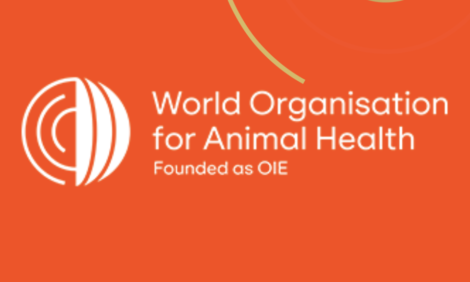



Mussels and Starfish a Possible Source of Protein for Pigs and Poultry
DENMARK - A new research project involving Aarhus University and the Danish Shellfish Centre is looking into whether starfish and mussels could be used as alternative sources of protein for laying hens and young pigs.Mussels and starfish fished from the bottom of Danish fjords end up in the feed for six fistulated pigs kept at Aarhus University’s research centre at Foulum as part of a new project involving Aarhus University, Danish Shellfish Centre and Lumino A/S.
The reason is that mussels have the property that they remove nutrients from the fjords and can therefore make an important contribution to reducing the impact of pollution on the fjords from, for example, pig farms.
Mussel production particularly in Limfjorden has been modernised, and production costs have declined. The project will examine whether mussels and starfish can be used as an alternative source of protein – in terms of quality – to soy and fish waste and whether it is economically viable to trawl them up from the sea.
"We work from the concept of so-called compensatory farming, where the nutrients leached into the fjords from households, industry and agriculture can be returned onto land in the form of, for example, pig feed using proteins from mussels and starfish," said Jan Værum Nørgaard, project member and associate professor the Department of Animal Science at Aarhus University.
Work is also ongoing to ensure that compensatory mussel farming may allow farmers to buy mussel farms where the nutrients they remove from the fjords can then be offset in their farm nutrient balance sheet.
Sampling from the small intestine
The pigs in the study have had a fistula implanted, which means it is possible to take samples from the pigs' small intestines. This enables analysis of the contents of the intestine to show how much of the feed the pigs have assimilated.
"The less feed we find in the small intestine, the better the pig has managed to assimilate the feed," said Jan Værum Nørgaard.
The trial is designed as a so-called Latin square in which the six pigs are fed a different diet for each week of the six-week study period. The six supplements are mussel silage, mussel meal, starfish meal, starfish whey, a fish silage and a nitrogen-free diet. Fish silage is made from salmon, which has been included in the study as a control or comparison because fish silage consisting of fish remains from the fish industry is normally included in diets for weaners.
The nitrogen-free diet consists of wheat starch and a quarter of sugar. It is included in order to determine how much nitrogen the pigs in the experiment naturally excrete to the gut.
"It is important to include the nitrogen-free diet because we can then much more accurately determine digestibility," explained Jan Værum Nørgaard.
Although the trial runs for six weeks, Jan Værum Nørgaard has already observed that the pigs do not find all the diets equally appetising.
"It would appear that starfish whey is not something they particularly relish. Meal of whole starfish, on the other hand, is a reasonable protein source that the pigs seem happy to eat," he said.
Suitable for organic production?
Originally, the idea was to examine only mussels as a protein source, but the booming number of starfish at the bottom of the fjord has in the past years turned into a pest, because the starfish are predating the mussels.
"Starfish are being sent to Poland for processing and sold as fish feed in Poland, which is not a particularly lucrative business for the fishermen. We are therefore also looking at whether starfish can be used as a protein source," explained Jan Værum Nørgaard.
Besides being tested on piglets, the mussels and starfish are also tested as a protein source for laying hens.
"If our results show that mussels and starfish are good sources of protein, this could be particularly interesting for organic egg producers because they lack good protein sources," said Jan.
The first results from the project are expected before the end of the year.
North Denmark Region Growth Forum and the Danish AgriFish Agency have contributed about 3 million DKK to the project. The Danish Shellfish Centre manages the project.









